Toys bring classical architecture to life
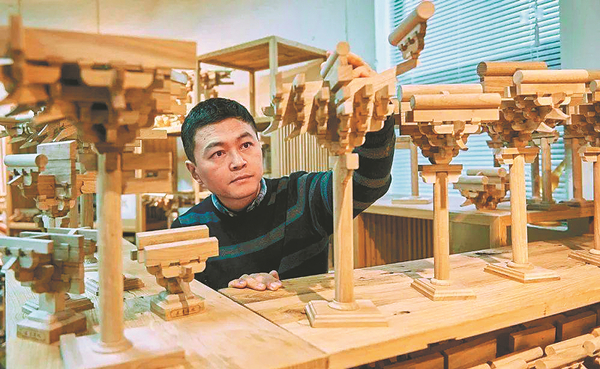
Liu Wenhui works with mortise and tenon blocks at his office in Hangzhou, Zhejiang province. [Photo/China Daily]
Liu Wenhui has spent the last eight years developing and promoting toy building blocks based on the mortise and tenon method at home and overseas.
In use for more than 7,000 years, mortise and tenon is one of the oldest construction methods in the world. In place of nails, it relies on interlocking joints to connect the wood together. The earliest examples have been found in Southern China's Hemudu culture and later, in Central Europe.
Born into an ordinary family in Shanxi province, the 42-year-old showed a great interest in traditional Chinese architecture from childhood.
"I was born in Fenyang, a city of quaint streets, dotted with examples of ancient architecture, such as temples, ancestral halls, brick pagodas and the ruins of city walls," he said. "So I was already familiar with traditional architecture as a boy, and I dreamed of doing something related to it in the future."
With a love for fine arts, he was admitted to the Department of Painting at Taiyuan Normal University in 2000.
After graduation, he became an interior designer at a company in Kunshan, Jiangsu province. A year later, he was assigned to Vietnam to develop the company's overseas market as a project manager.
Over the next eight years, Liu was promoted in recognition of his performance. "However, as a fine arts graduate, I still dreamed of being an artist, a painter or a craftsman," he said.
"So, I quit my job in 2012 and returned to Kunshan."
He started an art institute for children in the city and an online bookstore on e-commerce platform Taobao. "At the time, I had only one aim, to spread traditional Chinese culture and Oriental aesthetics through my humble efforts, in the hopes of raising aesthetic awareness among young people," he said.
One day at the end of 2012, he visited a museum in Shanghai and was immediately drawn to a model of an ancient Chinese building inside a glass display.
"It took me back to my childhood, but I was a little disappointed that the model couldn't be touched," he said. "Such things don't just belong in museums. More people should be able to connect with them."
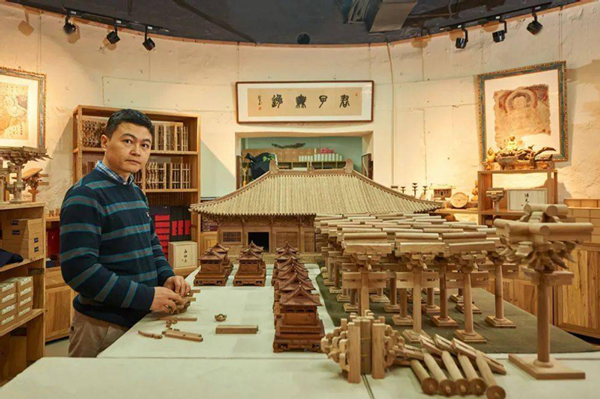
Liu Wenhui works with mortise and tenon blocks at his office in Hangzhou, Zhejiang province. [Photo/China Daily]
An idea suddenly came to him.
"I realized that the mortise and tenon construction of ancient Chinese buildings was similar to Lego, but the architectural kits on the market were all of foreign buildings," he said. "For example, building block versions of the Eiffel Tower and the Arc de Triomphe were everywhere, but there were few Chinese examples.
"I wanted to make a kind of building block toy that could be taken apart and reassembled that would express traditional Chinese culture and Oriental aesthetics."
To make up for his lack of theory, Liu spent a lot of time reading ancient architectural books. Eventually, he invested all his savings in the design and manufacture of his building blocks.
He focused on the bracket structure of the Qing Dynasty (1644-1911) for his first attempt, and after numerous modifications, he produced 30 sets of blocks in 2013.
"To my surprise, all the blocks sold out within three months via a chat group on QQ (an online messaging platform)," he said. Most of the purchasers were enthusiasts of ancient architecture.
"I still remember that one of them left me a message saying 'I am so touched that there are finally Chinese building blocks on the market'," he said. "Now looking back, the first batch was a little rough, but the feedback from my first purchasers encouraged me to conduct deeper research into mortise and tenon construction."
In 2015, despite opposition from family members, Liu closed his art institution and started a company in Hangzhou, Zhejiang province.
In 2016, he rented a 100-square-meter plant to produce the toy blocks with the help of two craftsmen hired from his hometown, and at the same time, entered the China Academy of Art to pursue a master's degree in Chinese water-ink painting. "To better express the Oriental aesthetics in the blocks, I needed to improve my own artistic skills," he said.
At first, Liu faced great financial difficulties due to the shortage of marketing channels and the huge expense of setting up and running the factory. He sold his apartment in Kunshan and put all his money toward the operation of the factory.
The continuous upgrading of the products eventually won him new markets. Liu reached a turning point in the spring of 2019, when his blocks caught the attention of e-commerce platforms. "Now we have a wide range of sales channels, including e-commerce channels like Alibaba and JD, and offline cooperation with bookstores and museums," he said. "Sales volumes were 3 million yuan ($463,000) in 2019 and 6 million yuan last year. We expect to see sales volumes of over 20 million yuan this year."
He added that about 1 percent of his blocks have been sold overseas, including in the United States, Canada, Australia and Spain.
Peng Keer contributed to this story.


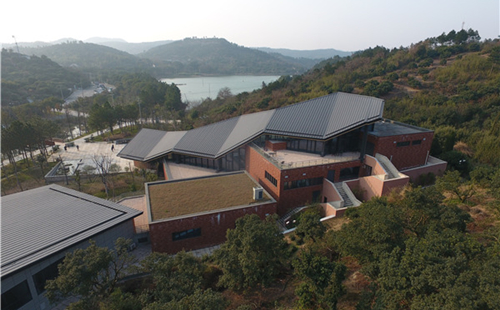
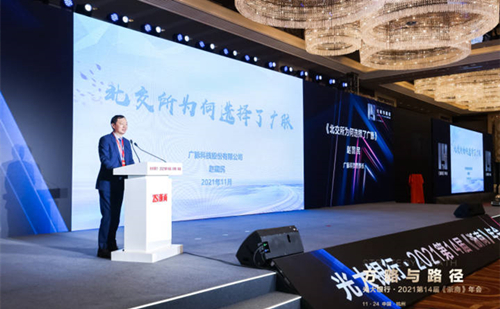
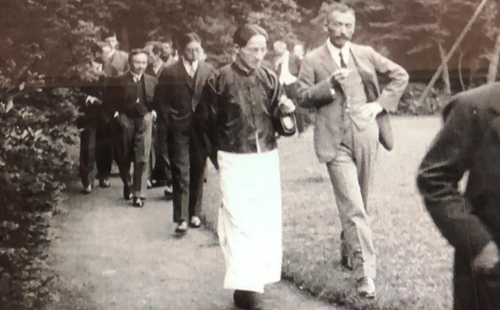
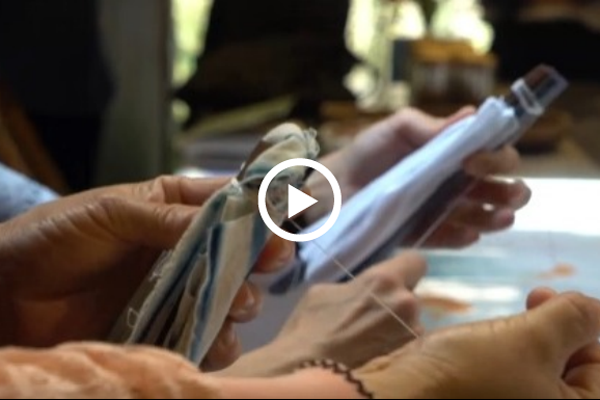 play
play
